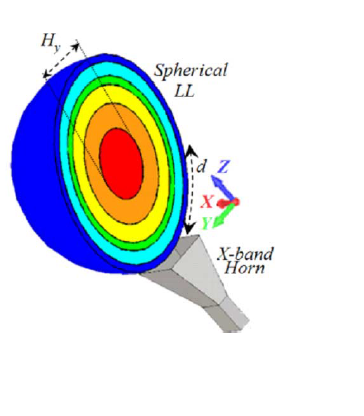Hello,
currently a student is trying to optimize a lens with multilayers for antennas.
He is using MLFMM to decrease the simulation time. Unfortunately the simulation is not finished for some reasons.
What can we do finish the simulation with less time?!?!?!?
Thanks in advance.
Best Regards
Haj Hassan
<?xml version="1.0" encoding="UTF-8"?>